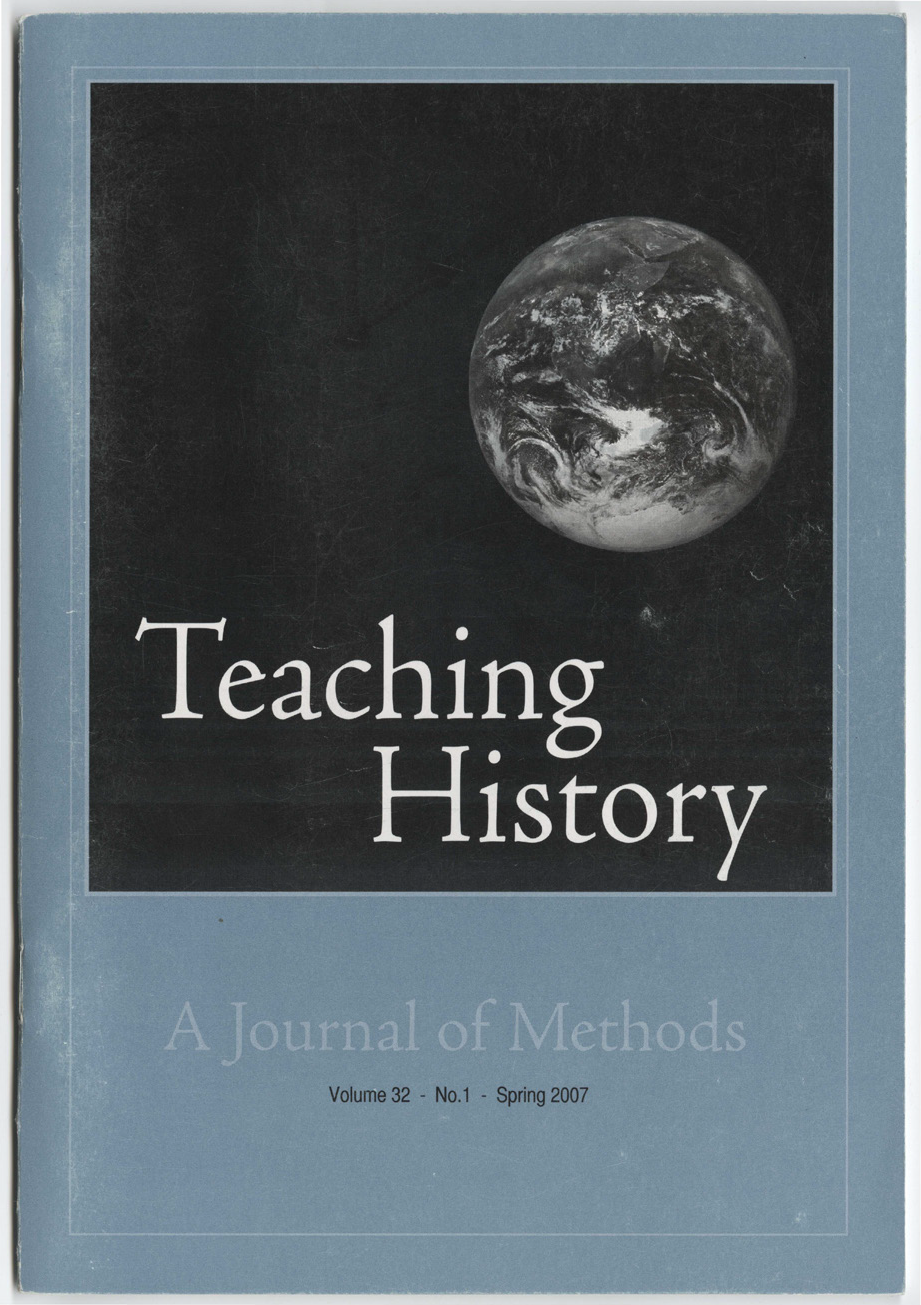Integrating Basic Research Into The U.S. History Survey
DOI:
https://doi.org/10.33043/TH.32.1.27-35Abstract
At my institution, like most others, we use the American survey both to refresh our students' knowledge of United States history and to hone their basic research, writing, and analytical skills. Until recently I, like most of my colleagues, used the traditional ten-to-fifteen page research paper to teach and test these skills. The paper worked very well as a way to produce a finished project, but I found it much less useful as a method of teaching students to think about research as a process. To help fill this gap, I developed a series of exercises that have proven effective as stand-alone assignments or when combined with a formal research paper. When I used the research paper alone, fewer than five percent of students indicated that the course helped them develop their research skills. Since I began using exercises such as those described below, roughly thirty percent of students list improved research skills as one of the strengths of the class. From a student's perspective the two main strengths of these assignments are repetition and the focus on research as a process. Students consistently indicate that they learn more from several short assignments than from one major paper. Additionally, students appreciate that these assignments combine group demonstration, individual hands-on experience, and class discussion. From my perspective as a teacher, these assignments are a simple, fast, and effective way to integrate research into the survey in a way that complements content.1
Downloads
Downloads
Published
How to Cite
Issue
Section
License
Copyright (c) 2007 Thomas Dicke

This work is licensed under a Creative Commons Attribution-NonCommercial-NoDerivatives 4.0 International License.
By submitting to Teaching History, the author(s) agree to the terms of the Author Agreement. All authors retain copyrights associated with their article or review contributions. Beginning in 2019, all authors agree to make such contributions available under a Creative Commons Attribution-NonCommercial-NoDerivatives 4.0 International license upon publication.



